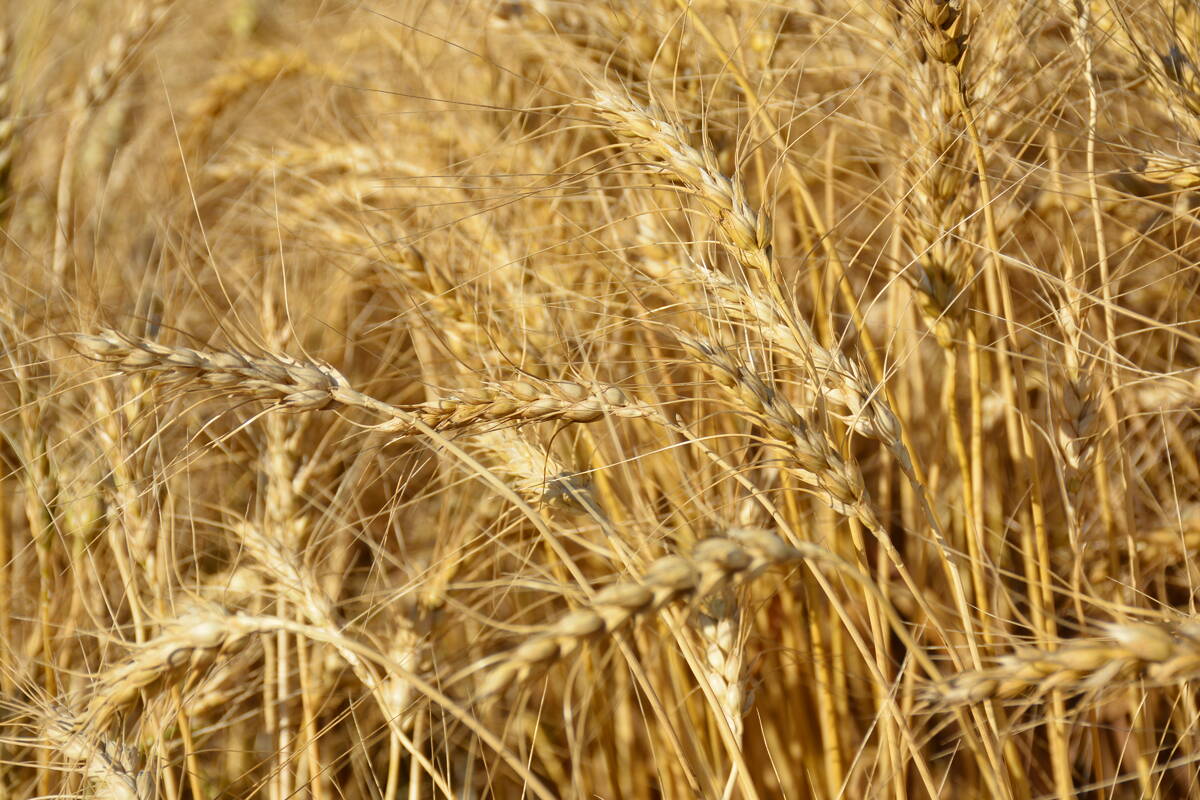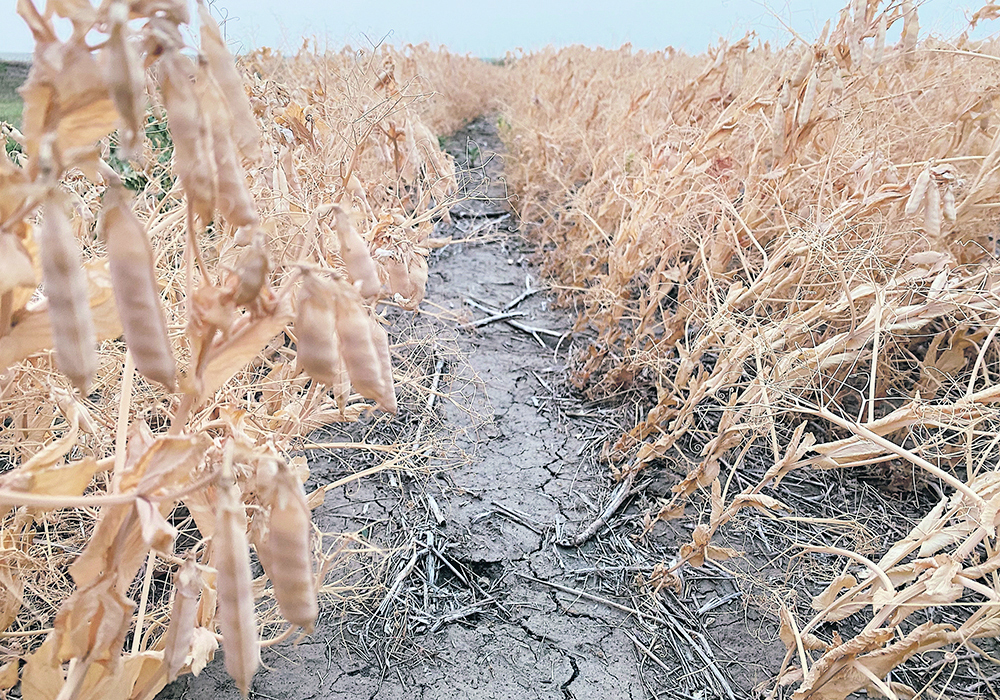As July approaches, the dominating question in crop markets is whether the dry weather that dominated the U.S. Midwest in June will continue, bringing back memories of the 2012 drought and its summer of soaring crop prices.
The dry June in the U.S. Midwest shook the complacency out of the crop market and lifted prices back to levels seen in late winter.
Nothing is certain, but there are signs now that the dry trend might end, but will a shift to better moisture happen quickly enough to save yield prospects?
Read Also

Large wheat supply pressures prices
World wheat prices are likely to continue falling as more bumper crops are harvested, says Arthur Portier, an anlayst and senior consultant with Argus Media.
A lot of rain fell in the Dakotas and Minnesota June 24-25, reviving spring wheat, corn and soybeans in the northern tier of the United States.
The system was not expected to reach into the heart of the Midwest in Iowa and Illinois but ultimately the northern parts of those states got much-needed rain. The moisture deficit is not yet fully made up, particularly in the southern Midwest but there are signs the systems that have blocked rain might be losing their grip and drought concerns might start to recede.
Weather models show July as having normal chances for moisture in the Midwest, but an elevated chance for warmer-than-normal temperatures.
The weather in the American Midwest always has an outsized impact on the grain trade, but it also considers other crops in other areas.
Here on the Prairies, the troubled dry regions are southern Alberta, southwestern Saskatchewan, south-central Manitoba and parts of Alberta’s Peace River country. Elsewhere, wide swaths of central Alberta, Saskatchewan and western Manitoba enjoyed significant rain in mid-June.
The forecast for the last week of June on the Prairies was for dry weather but models show improved chances for rain in mid-July.
Now, let’s look around the globe.
The wheat market has noted the heavy rain in China that came as the winter wheat crop was harvested, damaging quality. This has raised hopes that China will continue to be a top wheat importer. In the current crop year, it is the top importer, taking a forecasted 14 million tonnes, surpassing the other leading importers Egypt and Indonesia. The U.S. Department of Agriculture forecasts in the coming crop year China will import 12 million tonnes, tied with Egypt as the leading buyer.
Rain also came late to the U.S. hard red winter wheat crop. Drought in the southern Plains curtailed yields for most the season but then rain hit as harvest began. In some cases, it helped to fill heads, but also caused harvest delays. So far, there is no talk that the rain has hurt quality.
Staying with wheat, SovEcon last week lowered its forecast for Russian wheat to 86.8 million tonnes from 88 million previously.
That compares with the June USDA forecast for Russia at 85 million tonnes. Last year, Russia produced 92 million tonnes.
Crop conditions for winter wheat in the key region immediately east of the Black Sea remain excellent. The trouble is in Siberia and the Volga Valley.
SovEcon noted Russia’s total grain supply will remain exceptionally high because of the large carry over from last year’s bumper harvest and so Russia will continue to be a strong competitor in the international market.
Ukraine will likely be a modest exporter this year as the war reduced acreage and because of questions about the continuation of the agreement with Russia that keeps a Black Sea export corridor open for Ukraine’s shipments.
As for the European Union, dry and hot spells caused forecaster Cocereal this month to trim its expectations for all cereal production in the Bloc and the United Kingdom to 296.7 million tonnes from 303.5 million in March.
Soft wheat is the main cereal and its forecast is 142.4 million tonnes, down from 144.5 million in March. The current forecast is almost identical to last year’s soft wheat crop.
Cocereal pegged the rapeseed crop at 21 million tonnes, the same as last year.
The wheat market last week got modest support from a Reuters news story that said private analysts in India believe the wheat crop to be 10 percent smaller than the government’s estimate.
The government said the crop was a record 112.74 million tonnes, up from last year’s disappointing 107.7 million.
If the private forecaster is correct, the government would have to dig into its stockpile to make sure the domestic demand of 108 million tonnes is met.
I’ve already noted the harvest rain problem in China’s winter wheat crop. China’s spring-seeded corn is mostly produced in the country’s northeast and rain accumulation there is less than ideal. Also, temperatures recently have been hot, in the mid-30s C. I have not seen any news stories that raise concerns, but I’ll keep an eye on the situation.
Brazil is harvesting its safrinha, or second, corn crop, which benefitted from generally good rain during its growing season.
Total corn production will likely come in at a record of more than 130 million tonnes, up about 15 million from last year and more than making up for Argentina’s poor crop.
To contact D’Arce McMillan, email newsroom@producer.com.















